Kahu Pineaha
Versatility was Kahu Pineaha’s calling card. In the late 1950s, when Auckland’s cabaret scene began to hum, he was constantly in demand for solo shows, which soon revealed him to be as multi-talented as Sammy Davis Jr.
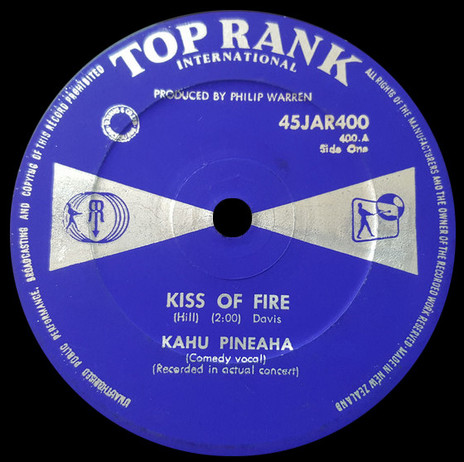
Kahu Pineaha - Kiss of Fire (Top Rank, 1960)
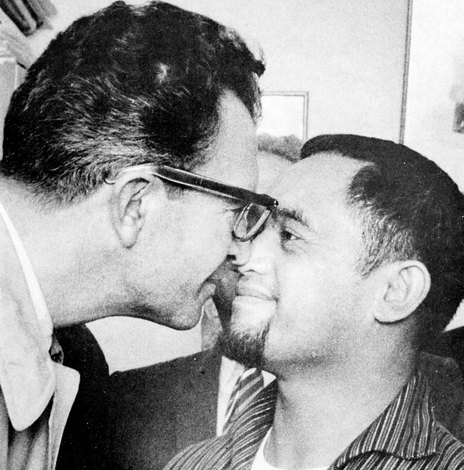
Kahu with Dave Brubeck
Photo credit:
Chris Bourke collection
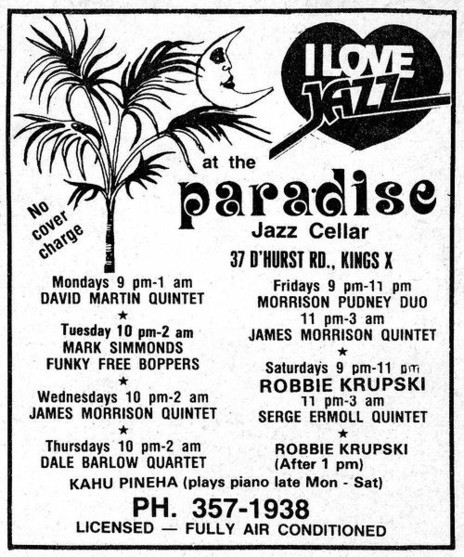
During the 1980s strippers made way for jazz at this King's Cross, Sydney, venue. The Paradise Jazz Cellar offered music six nights a week, for no cover charge. Among the attractions was Kahu Pineaha, playing late night piano, Mondays to Saturdays.
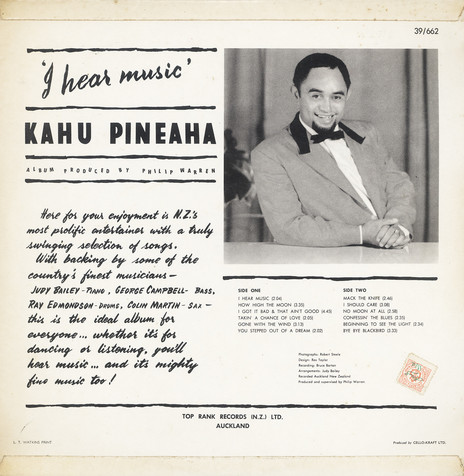
Back cover, Kahu Pineaha – I Hear Music (Top Rank)
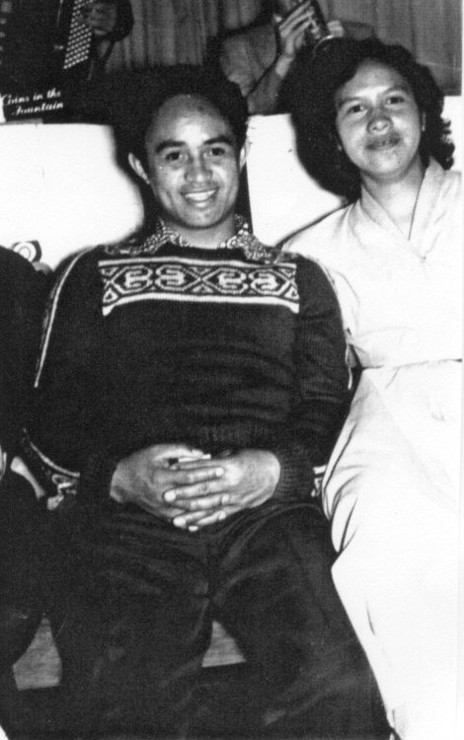
Kahu Pineaha and Eva Parata
Photo credit:
Chris Bourke collection
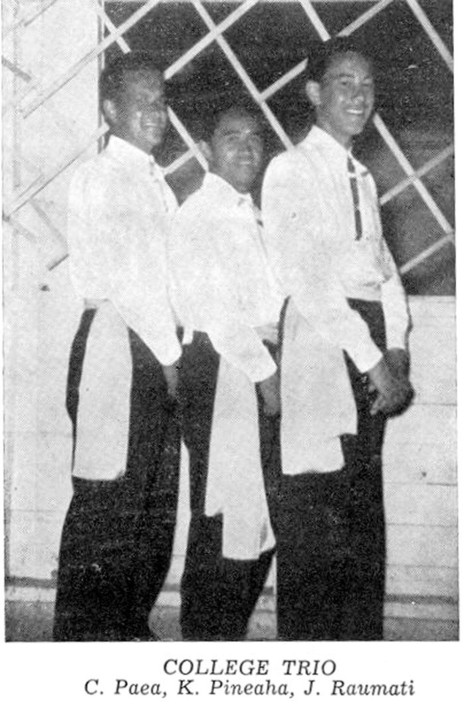
Cyril Paea, Kahu Pineaha and John Raumati
Photo credit:
Chris Bourke collection
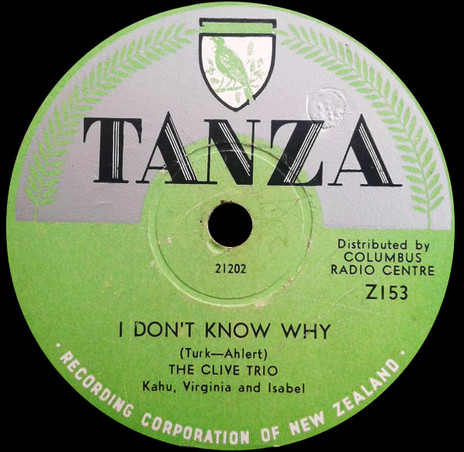
The Clive Trio - I Don't Know Why (Tanza, 1952)
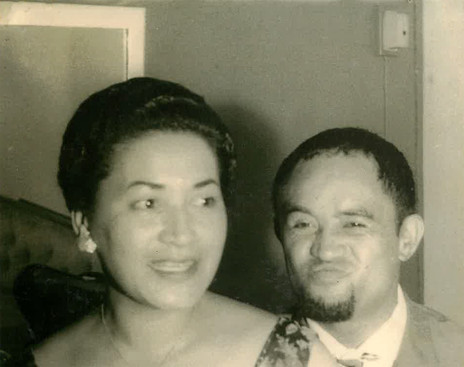
Millie Bradfield with cabaret artist Kahu Pineaha
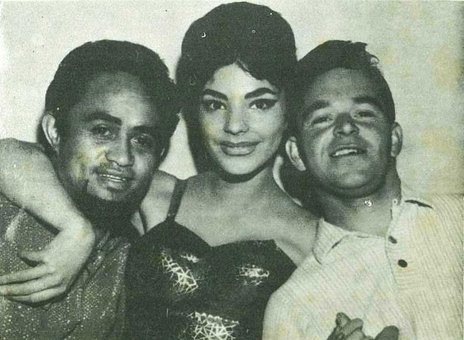
In Gisborne as part of a 1959 Phil Warren touring group: Kahu Pineaha, Simone, and Vince Callaher
Photo credit:
Gisborne Photo News
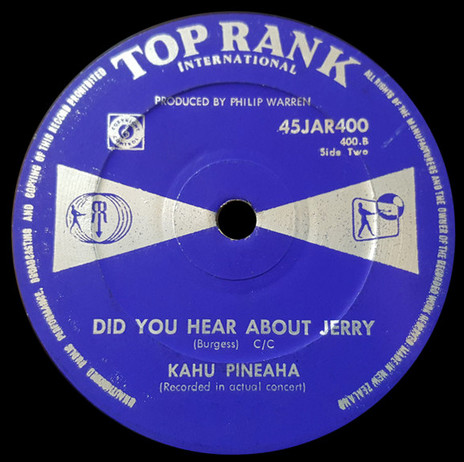
Kahu Pineaha - Did You Hear About Jerry (Top Rank, 1960)
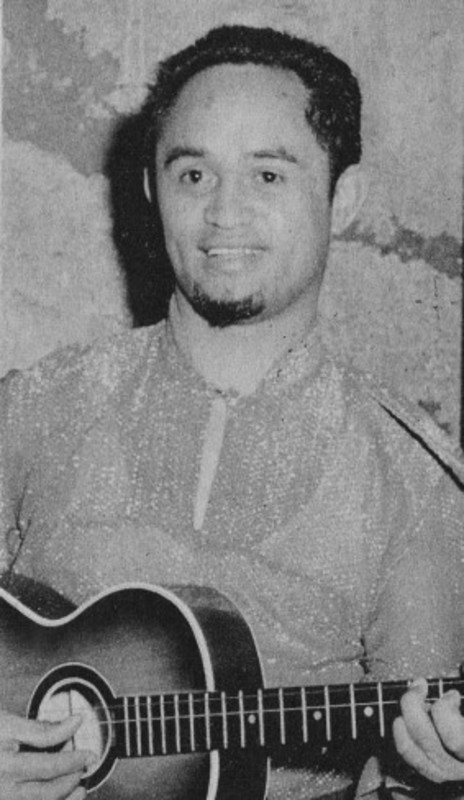
Kahu Pineaha was the visiting star of The Big Broadcast variety show in 1959, held in the New Plymouth Opera House, a fundraiser for Plunket which otherwise featured local artists. Selwyn Toogood was the imported MC. The 1959 Big Broadcast can be heard online thanks to the Taranaki Media Archive. Kahu Pineaha performs several songs, and besides classical music and comedy sketches there is rock’n’roll from local act the Gold Diggers, the Ocean Ramblers, and the Diplomats.
Photo credit:
Taranaki Photo News, October 1959
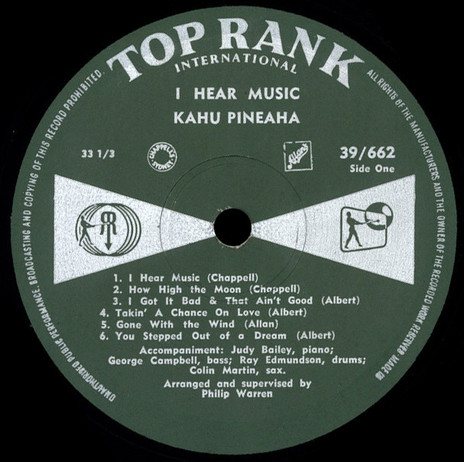
Kahu Pineaha - I Hear Music - Side 1 (Top Rank, 1960)
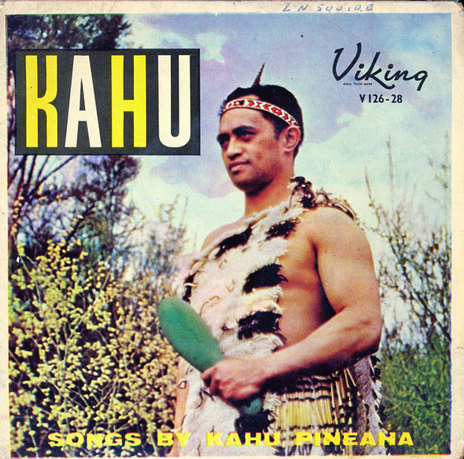
Kahu Pineaha's debut EP for Viking in 1959. He would follow it with another for the label before signing to Phil Warren's Prestige Records. Thereafter all releases would be on Prestige or Top Rank (Warren was a partner in that label).
Clive Trio with Kahu Pineaha - I Don't Know Why (Tanza, 1952)
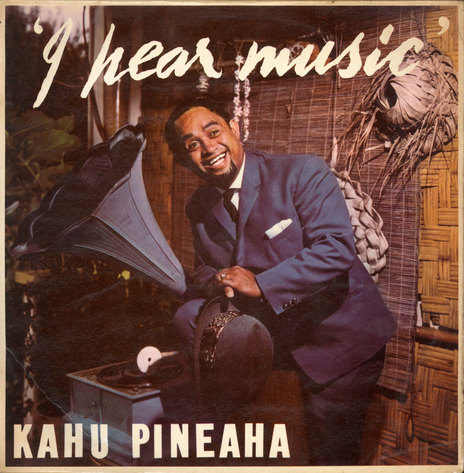
The 1960 album I Hear Music, Kahu's only long player.
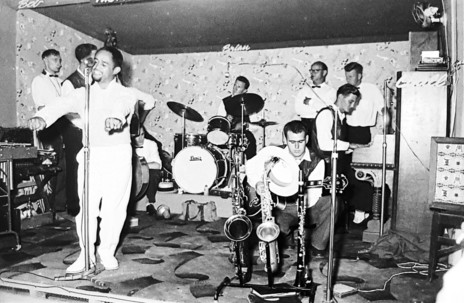
While Merv Thomas's Dixielanders take a break, they stay on stage while Kahu Pineaha and his band perform at the Crystal Palace, Mt Eden,1959.
Photo credit:
Auckland Libraries Heritage Collections
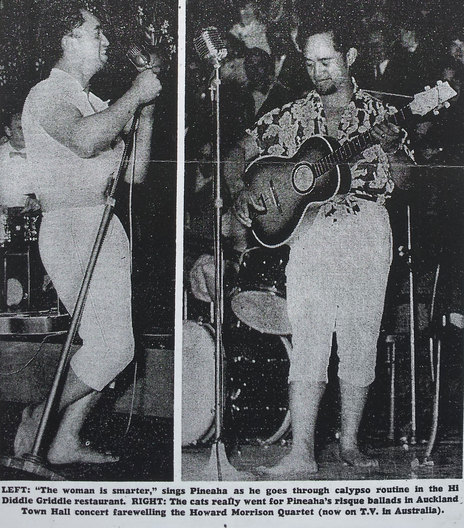
Kahu in Joy, August 3, 1959
Photo credit:
Chris Bourke collection
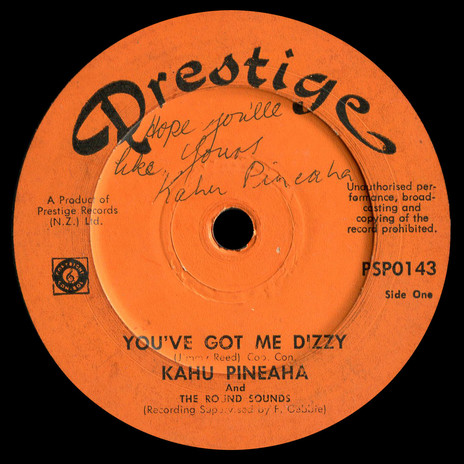
Kahu Pineaha - You've Got Me Dizzy (Prestige)
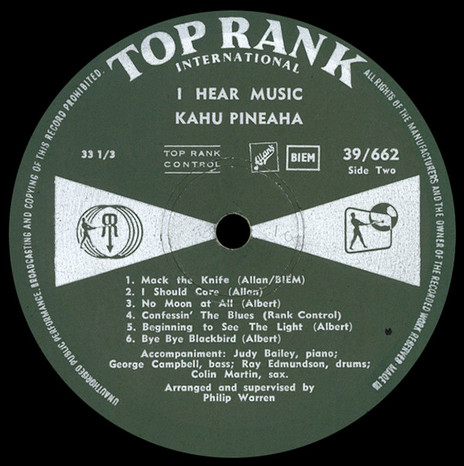
Kahu Pineaha - I Hear Music - Side 2 (Top Rank, 1960)
Kahu Pineaha - Did You Hear About Jerry
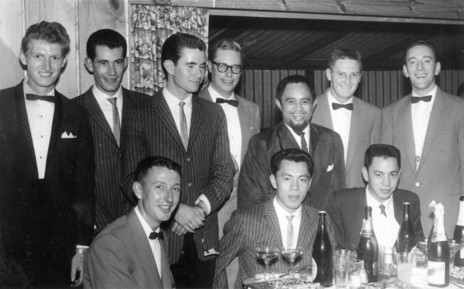
A young Tommy Adderley at the Pines, Wellington (far left), with cabaret performer Kahu Pineaha (in goatee), and the Garth Young Trio: Young in glasses, Bobby Little beside Pineaha, and Hymie Levin. At the front left is a Canadian bass player, Jimmie Wilson "who played there for some time when Slim was sacked by Pat McCashin," recalls Young.
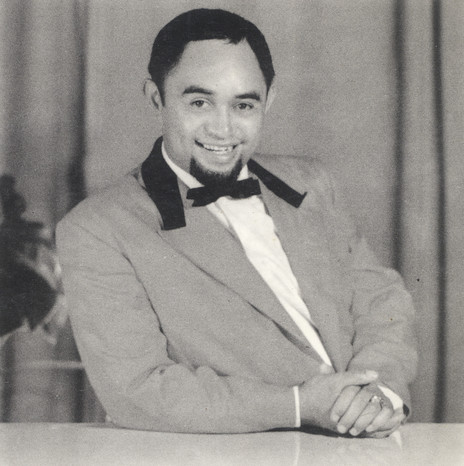
Kahu Pineaha.
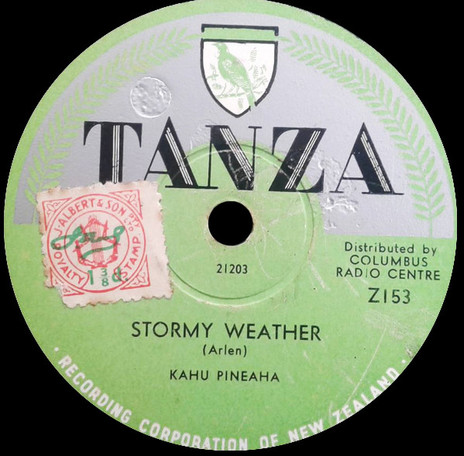
Kahu Pineaha - Stormy Weather (Tanza, 1952)
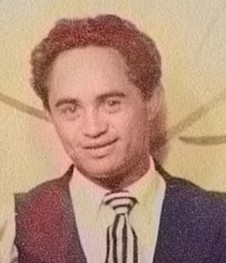
Kahu Pineaha, 1950s. From the Church of the Latter Day Saints' honour roll of its missionaries.
Discography
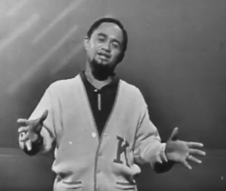
Watch: Kahu Pineaha performs 'Lonesome Road' on Australian Bandstand, 1960 (episode 13, Kahu begins at 35'30").
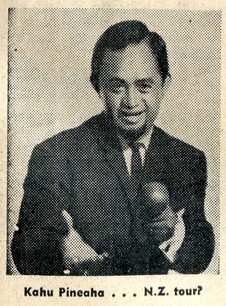
Playdate, April 1961: Kahu Pineaha has just left Auckland to play some shows in Sydney. He only has a "leave of absence" and it is rumoured that a theatrical organisation is trying to interest him in a New Zealand tour before he leaves for the US and UK.
Trivia:
The ‘Kiss of Fire’ / ‘Did You Hear About Jerry?’ single was released all over the world, with copies turning up in Canada and various European countries.
In November 1959, Cashbox magazine reported "Kahu Pineaha, one of New Zealand’s leading club acts who sings and plays piano, bass, guitar and bongos, has received several offers to work in Hawaii and has also been approached to entertain on Matson Line vessels."
In July 1961 Billboard's NZ correspondent Fred Gebbie reported that Phil Warren would accompany Kahu Pineaha to Australia to fulfill contractual obligations, "then send him on to the US" where his album I Hear Music was out on Top Rank.

